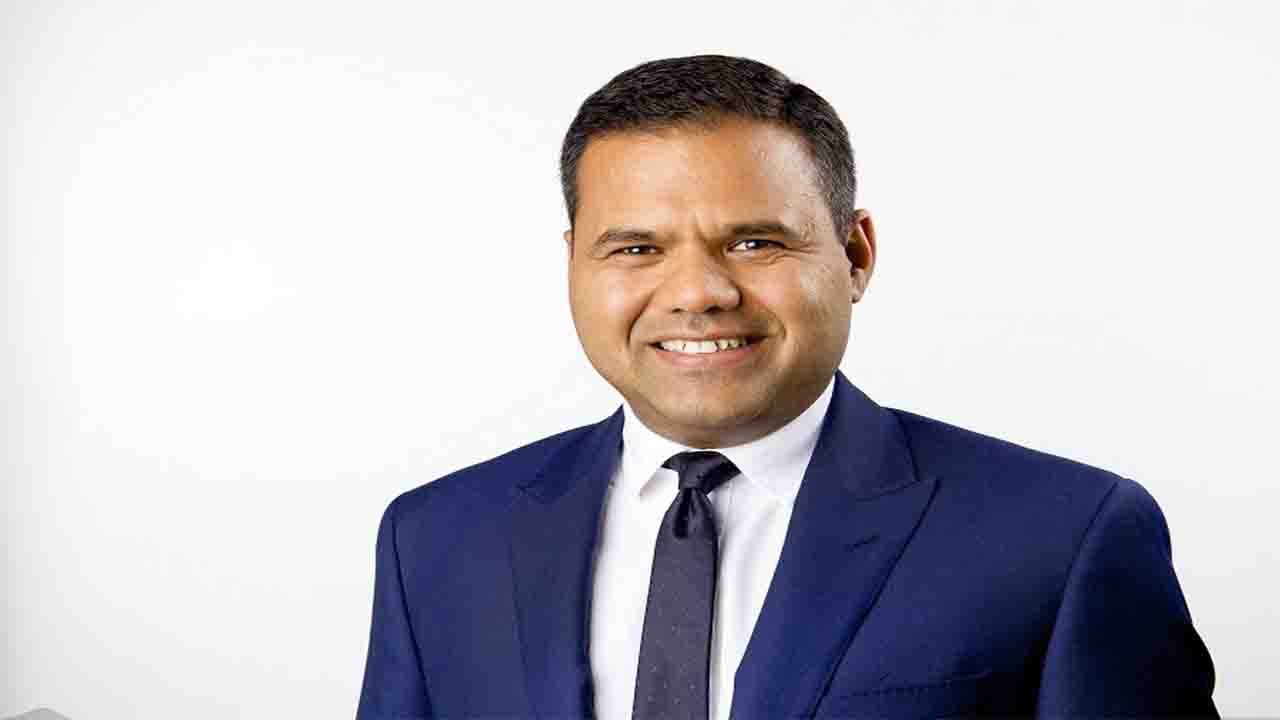financial hardship. Meanwhile, financial stress has led to an emerging trend of students picking courses based on earning potential.
To try to address this growing financial hardship, the Government doubled the amount students could borrow in course-related costs in 2020, to $2000. But many borrowed the extra money to cover things like rent and groceries, rather than upgrading technology for online learning or textbooks.
Meanwhile, the $20 million student hardship fund from 2020 was topped up by $30m in 2021 in recognition of the ongoing strain faced by students, particularly those in Auckland and Waikato.
The Government backs the fund, which saw universities distribute the money based on need.
But there are stories of inequitable distribution: while some universities called on student representatives to help identify those with the greatest need, others implemented systems described as “complicated, invasive and degrading”.
The national student union says these measures are essentially an ambulance at the bottom of the cliff. They fail to recognise the precarious financial position that leaves Kiwi students teetering on the edge; a position that has been exacerbated by Covid-19.
The struggles facing students, and the tertiary education sector generally, have not been caused by Covid-19. But like many other areas of society, the cracks in the system have been highlighted by the pandemic.
Tertiary students make up about 6 per cent of the population or almost 400,000 people.
The power of those numbers is apparent at election time, when politicians flock to university campuses, shaking hands and making lofty promises.
But advocates say a series of compounding factors have disempowered students in recent decades.
A move to voluntary student membership gutted student unions set up to advocate for student rights and support.
At the same time, the country’s universities have increasingly moved away from a model that sees tertiary education as a public good and towards a business model that prioritises “bums on seats”.
This model creates competing priorities, sometimes with perverse outcomes. When universities have a finite amount of funding, and it is all being pulled from the same kitty, they are forced to make almost impossible decisions about staff numbers versus student support; new buildings or a new education stream.
















